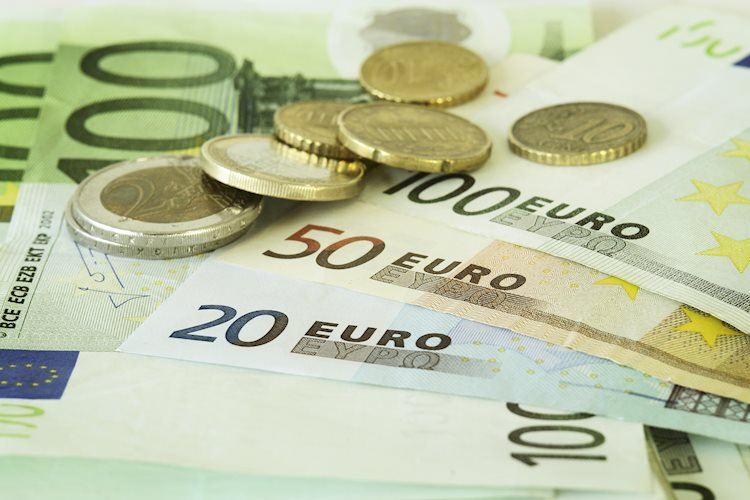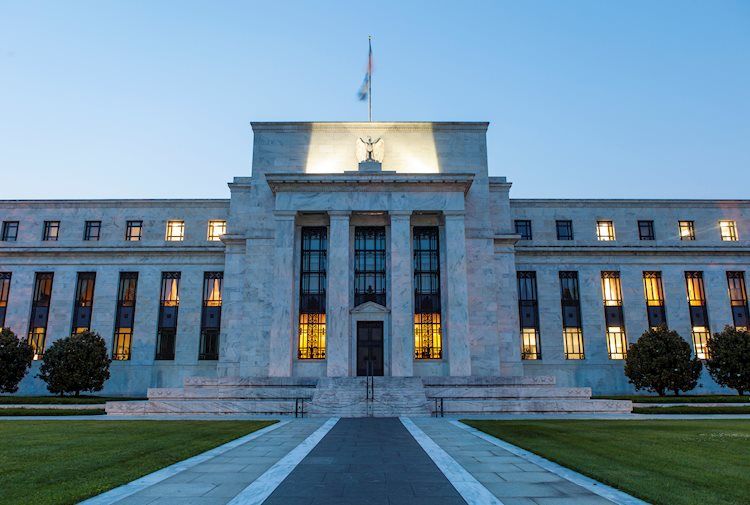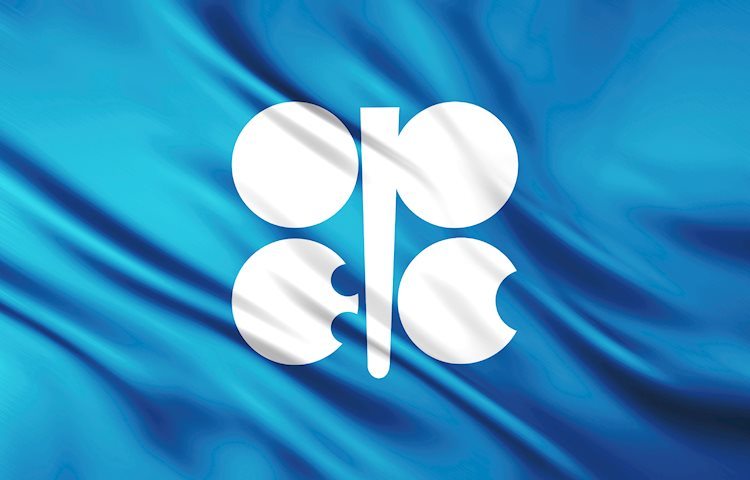[ad_1]
- The Euro keeps the offered bias intact against the US Dollar.
- Stocks in Europe trade mostly on the defensive so far on Friday.
- EUR/USD deflates to multi-month lows on poor PMIs.
- The USD Index (DXY) resumes the uptrend and retargets 105.70.
- Advanced PMIs will also be in the limelight in the US calendar.
- ECB Vice-President Luis De Guindos speaks later in the session.
The Euro (EUR) maintains the selling bias unchanged against the US Dollar (USD), motivating EUR/USD to post new six-month lows near 1.0600 early on Friday.
The Greenback manages to set aside Thursday’s knee-jerk and resumes the uptrend around the 105.60 region when gauged by the USD Index (DXY). The relentless march north in the Dollar has been reinvigorated in response to the hawkish hold by the Federal Reserve (Fed) on Wednesday and appears further propped up by the firm rally in US yields in the belly and the long end of the curve.
Board members at the European Central Bank (ECB) showed some common ground after leaning to a potential pause in the next meeting despite seeing inflation still running well above the bank’s target.
In the European docket, flash Manufacturing and Services PMIs in Germany surprised to the upside at 39.8 and 49.8, respectively, in September, although they remain well into contraction territory. In the broader eurozone, the advanced Manufacturing PMI came in at 43.4, lower than expected, while the Services PMI stood at a higher-than-anticipated 48.4.
Friday is also PMI-day across the pond. In addition, FOMC Governor Lisa Cook will speak later in the American session.
Daily digest market movers: Euro keeps the door open to extra weakness
- The EUR loses further ground against the USD.
- US and German yields trade without clear direction on Friday.
- Investors see the Federal Reserve hiking rates by 25 bps before end of 2023.
- The BoJ keeps its policy rate unchanged, as expected.
- BoJ Governor Kazuo Ueda sees inflation picking up pace (at some point far far away).
- Market chatter see potential interest rate cuts by the Fed in Q3 2024.
- Talks of a pause by the ECB continue to pick up pace.
- Intervention fears surround the price action around USD/JPY.
Technical Analysis: Euro risks a deeper decline once 1.0600 is cleared
EUR/USD recedes to new lows, although the 1.0600 region appears to be quite a tough nut to crack for Euro bears.
If the EUR/USD breaches its low of 1.0614, there is a chance it could revisit the March 15 low of 1.0516 before reaching the 2023 bottom of 1.0481 seen on January 6.
On the positive side, there is a minor resistance level at the September 12 high of 1.0767, followed by the more significant 200-day Simple Moving Average (SMA) at 1.0828. If the pair manages to break above this level, it could pave the way for a continued recovery towards the temporary 55-day SMA at 1.0905, with the possibility of reaching the August 30 top of 1.0945. Surpassing the latter could bring the psychological level of 1.1000 into focus, followed by the August 10 peak of 1.1064. Beyond that, the pair might retest the July 27 high at 1.1149 and potentially reach the 2023 top at 1.1275 from July 18.
As long as the EUR/USD remains below the 200-day SMA, there is a chance that the pair will continue to face downward pressure.
ECB FAQs
The European Central Bank (ECB) in Frankfurt, Germany, is the reserve bank for the Eurozone. The ECB sets interest rates and manages monetary policy for the region.
The ECB primary mandate is to maintain price stability, which means keeping inflation at around 2%. Its primary tool for achieving this is by raising or lowering interest rates. Relatively high interest rates will usually result in a stronger Euro and vice versa.
The ECB Governing Council makes monetary policy decisions at meetings held eight times a year. Decisions are made by heads of the Eurozone national banks and six permanent members, including the President of the ECB, Christine Lagarde.
In extreme situations, the European Central Bank can enact a policy tool called Quantitative Easing. QE is the process by which the ECB prints Euros and uses them to buy assets – usually government or corporate bonds – from banks and other financial institutions. QE usually results in a weaker Euro.
QE is a last resort when simply lowering interest rates is unlikely to achieve the objective of price stability. The ECB used it during the Great Financial Crisis in 2009-11, in 2015 when inflation remained stubbornly low, as well as during the covid pandemic.
Quantitative tightening (QT) is the reverse of QE. It is undertaken after QE when an economic recovery is underway and inflation starts rising. Whilst in QE the European Central Bank (ECB) purchases government and corporate bonds from financial institutions to provide them with liquidity, in QT the ECB stops buying more bonds, and stops reinvesting the principal maturing on the bonds it already holds. It is usually positive (or bullish) for the Euro.
[ad_2]
Source link



